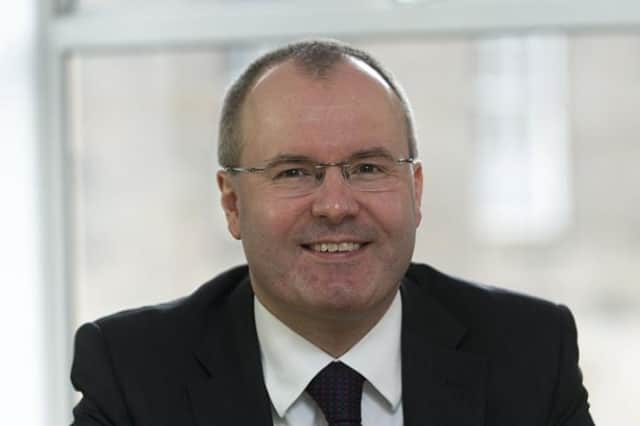State of the art prosthetics providing real progress in personal injury claims - Bruce Goodbrand


Awards ranged from £210 for a below knee amputation of one leg, to £1000 for losing both legs above the knee. The author even had the temerity to suggest claimants could make a “handsome” profit, since the cost of replacement limbs was much lower than the compensation. Mercifully, times have moved on, both in terms of the levels of compensation that can be expected, and the attitudes of those involved today.
The guiding principle in damages is “restitutio in integrum”, or “restoration to the original condition”. Clearly that cannot be achieved where a limb is missing, but medical science means we can now get closer than ever before.
Advertisement
Hide AdAdvertisement
Hide AdThere have been two developments in this field in recent years that are significant.
Firstly, there have been exponential advances in the prosthetics themselves, partly driven by the horrific injuries suffered in the Iraq and Afghanistan conflicts of recent decades. Artificial limbs are no longer just simple constructs to bear weight or provide cosmetic benefit. They are now an array of finely engineered bespoke equipment, which can restore function to levels that were previously unimaginable. Developments such as osseointegration (a structural and functional connection between living bone and a load bearing surface) have opened up a world of possibility.
Secondly, leading insurers such as Zurich and Chubb (among others) have recognised the value of early engagement with claimant’s representatives to provide support. Provision of state of the art prosthetics, with a fully funded support programme typically yields a better outcome in terms of potential future employment and care requirements etc. That in turn limits long term cost. For the unfortunate claimant who has lost a leg or an arm, the primary consideration is how good a level of mobility and function they can recover. Proactivity and a tailored rehabilitation programme with dedicated suppliers will almost certainly give better results than the alternatives. In prosthetics, one size does not fit all.
The results can be astounding. In one case our firm was involved with, a young man who suffered an above knee amputation was placed on such a programme within weeks of the index accident. With support and a fully funded programme a suitable prosthetic was identified and customised. After a few short months he was walking. Shortly after that he had progressed to running, then cycling, and the whole claim was capable of resolution much faster than might otherwise have been the case, with suitable future provision agreed upon.
In all of this the key factor is the requirements of the individual, as shown in the leading case of Wagner v Grant & Arla Foods [2015] CSOH 51. The case involved a 24 year old motorcyclist who suffered a below knee amputation. Lord Uist ruled that the guiding principle in assessing damages would be what was “reasonably necessary”. A proposed “Rolls Royce” arrangement that had not even been trialled was held not to be a reasonable basis on which to award damages. The converse would also undoubtedly apply. And herein lies the point. When assessing damages for prosthetics a court will wish to know what is suitable for a given individual, with an evidence based approach.
When one thinks back to the attitudes and values of the 1890s, clearly some things do change for the better. Developments in this field continue apace, along with the willingness of insurers to engage early. None of this comes cheap, but the days of jibes about making a profit have gone. For those unfortunate enough to have sustained such serious injuries, there may at least be a brighter future to look forward to.
Bruce Goodbrand is a partner in Clyde & Co, based in their Edinburgh office. He is also the Chair of the Forum of Insurance lawyers (FOIL) Scotland